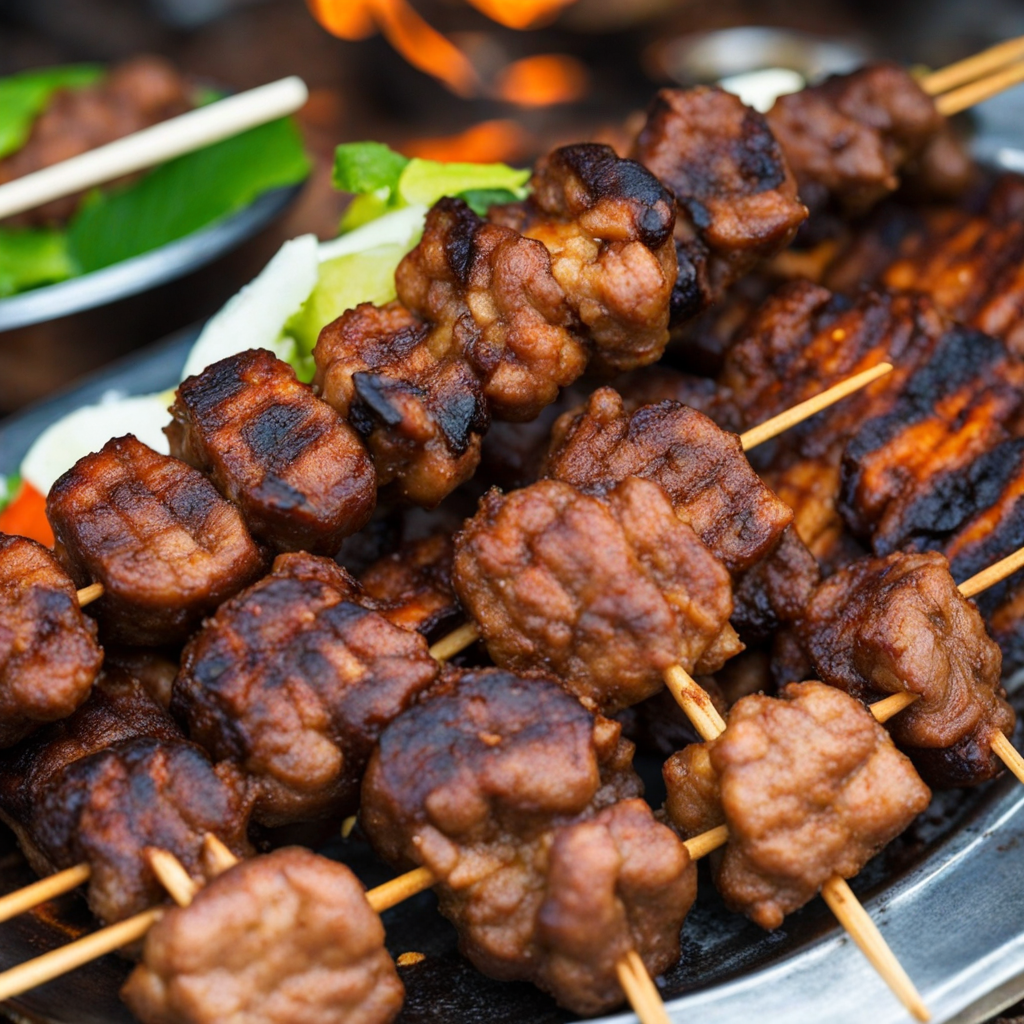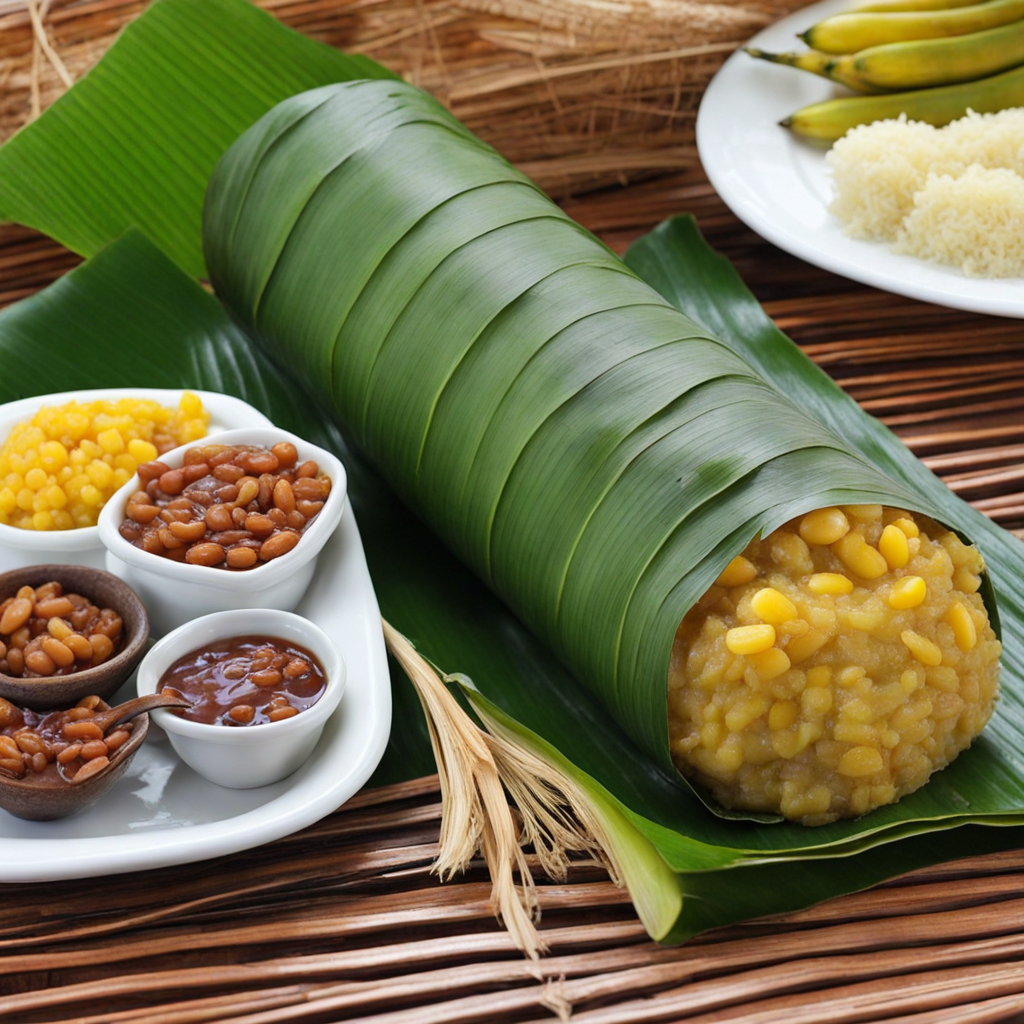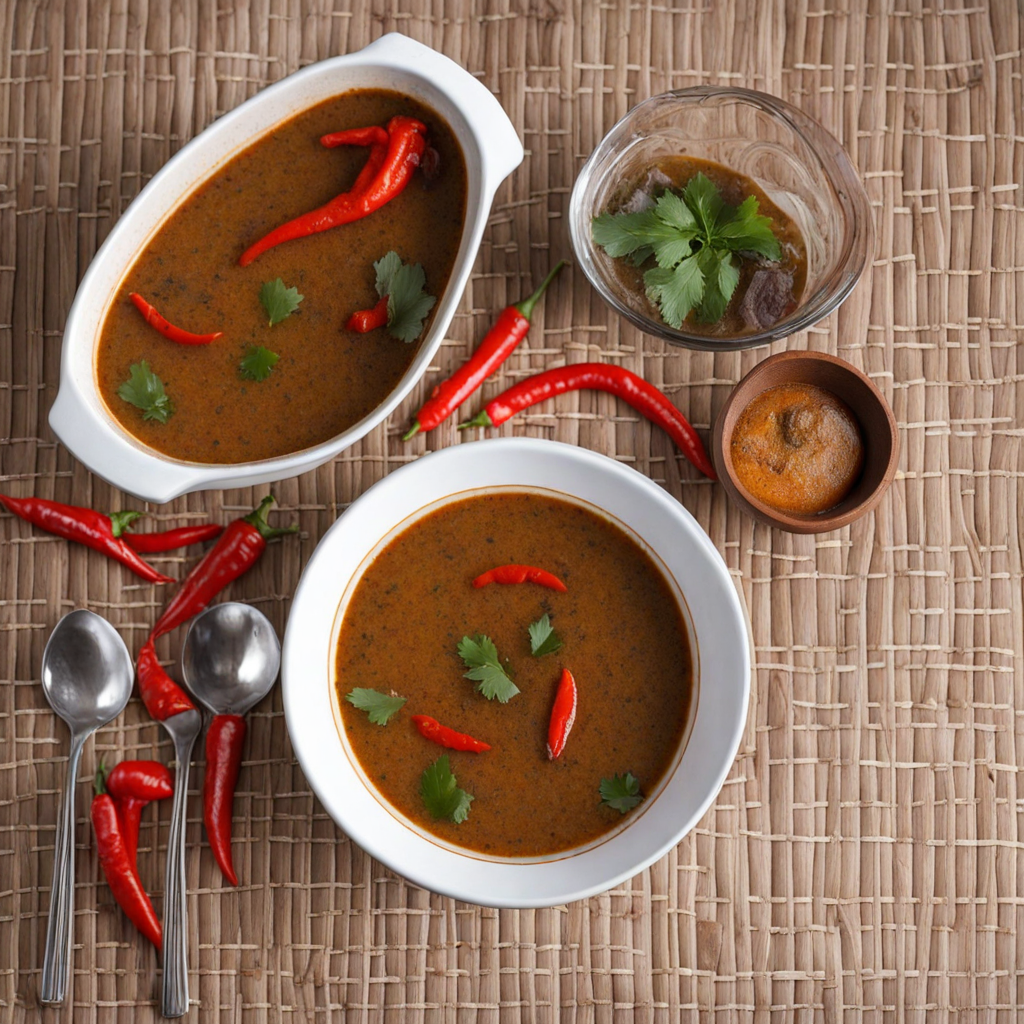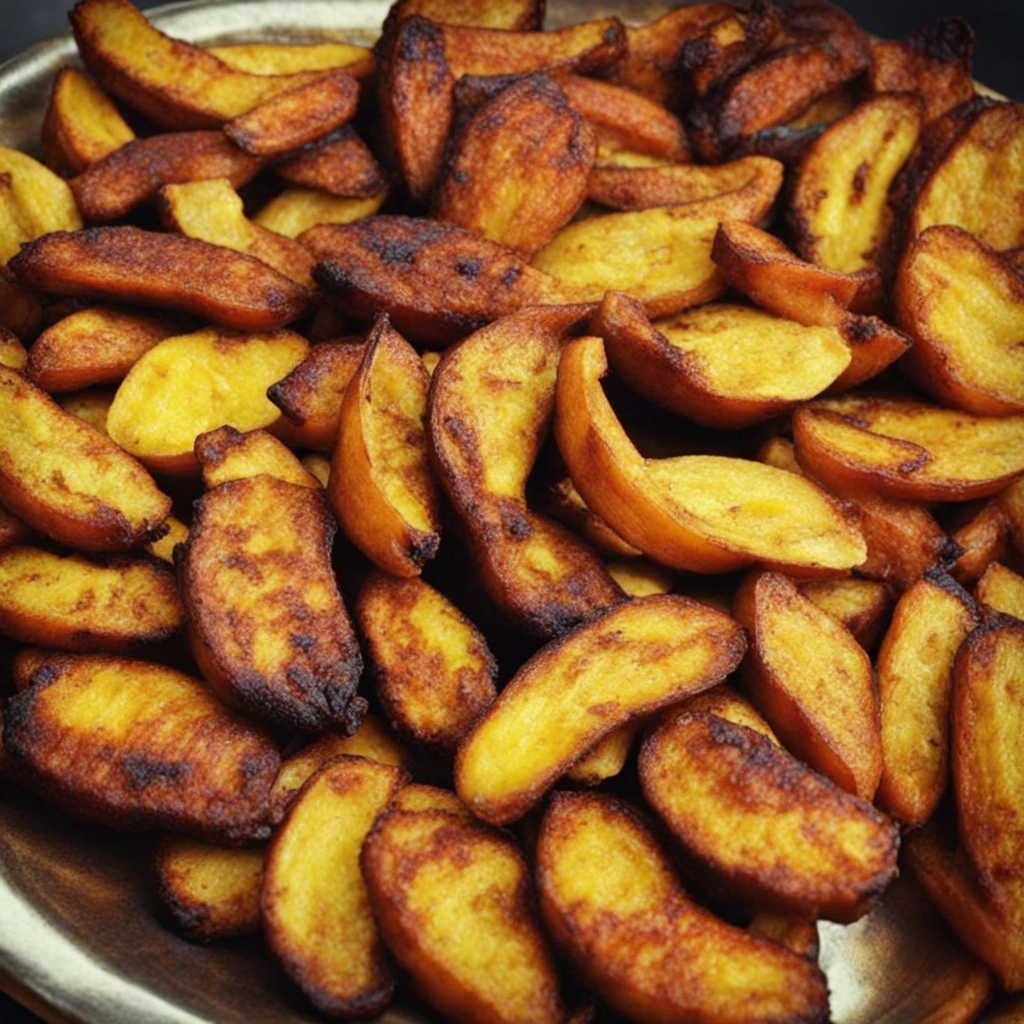Soja
Soja, a traditional dish from Cameroon, is a delightful representation of the country’s rich culinary heritage. This dish is primarily made from fermented soybeans, which are ground into a paste and then shaped into small cakes or patties. The fermentation process not only enhances the flavor but also increases the nutritional value, making Soja a protein-packed option for those seeking a healthy yet delicious meal. Its unique taste is characterized by a slightly tangy flavor, complemented by the earthy notes of the soybeans, creating a mouthwatering experience for the palate. In Cameroon, Soja is often seasoned with a blend of spices, including garlic, ginger, and chili, adding a vibrant kick to the dish. It is typically served with a spicy sauce or relish made from tomatoes and peppers, which elevates the overall taste profile. The contrast of the crispy exterior and the soft, flavorful interior makes each bite satisfying. Whether enjoyed as a snack or a main course, Soja is versatile and can be paired with rice, plantains, or even wrapped in lettuce for a fresh twist. Beyond its taste, Soja also carries cultural significance, often enjoyed during communal gatherings and celebrations. The preparation of Soja can be a communal activity, bringing people together to share recipes and cooking techniques, fostering a sense of community. As you explore the flavors of Cameroon, Soja stands out as a dish that not only tantalizes the taste buds but also connects you to the rich traditions and vibrant culture of the region.
How It Became This Dish
The Journey of Soja: A Culinary Legacy of Cameroon Soja, commonly known as soybeans, has transcended its origins in East Asia to become a vital part of diverse culinary traditions around the globe, including in Cameroon. While the plant itself dates back thousands of years, its journey to Cameroon and its integration into the culture is a fascinating narrative of adaptation, resilience, and culinary innovation. Origins of Soja The soybean (Glycine max) is believed to have been domesticated over 3,000 years ago in China, where it was revered not only for its nutritional benefits but also for its role in soil health as a nitrogen-fixing legume. The crop spread throughout Asia, becoming a staple in various cuisines, particularly in Japan, Korea, and Southeast Asia. Traditional fermented products like soy sauce, miso, and tofu became integral to these cultures, showcasing the versatility of soybeans. Arrival in Africa The introduction of soybeans to Africa can be traced back to the early 20th century, when agricultural scientists, recognizing the crop's potential, began experimenting with its cultivation in various regions. In Cameroon, soybeans were introduced in the 1970s, primarily through agricultural development programs aimed at improving food security and diversifying protein sources. The favorable climate and soil conditions in Cameroon proved conducive for soybean cultivation, leading to its gradual acceptance among local farmers. Cultural Significance in Cameroon In Cameroon, soja has transcended its role as just a crop and has become a staple food, often incorporated into traditional diets. Its high protein content has made it an essential alternative for communities where animal protein may be scarce or too expensive. Soybeans are often processed into various forms, including flour, milk, and oil, broadening their culinary applications. Among the Bamiléké people, for instance, soja is often ground into flour and used to prepare "soja porridge," a nutritious dish that serves as breakfast or a snack. This porridge is not only a source of sustenance but also a cultural touchstone, often enjoyed during family gatherings and celebrations. The integration of soja into local diets reflects a broader trend in African culinary practices, where indigenous ingredients are often combined with introduced crops to create hybrid dishes. The Development Over Time Since its introduction, the cultivation of soja in Cameroon has steadily increased. Various agricultural initiatives have sought to empower local farmers by providing training and resources to enhance soybean production. The crop's ability to enrich the soil has made it an appealing option for sustainable agriculture, particularly in regions where soil degradation has become a pressing concern. In the 1990s, the Cameroonian government, alongside international agricultural organizations, initiated programs to promote soybean farming. These programs included research into high-yield soybean varieties that could thrive in the local climate, as well as education on best farming practices. As a result, the area dedicated to soybean farming expanded significantly, with many farmers adopting this legume as a cash crop. The rise of soja in Cameroon has also opened avenues for economic development. Smallholder farmers have begun to engage in the local and regional markets, selling soy products ranging from raw beans to processed goods such as soy milk or tofu. The establishment of cooperatives has further strengthened the economic impact of soybean farming, enabling farmers to pool resources and access broader markets. Culinary Adaptations and Innovations The versatility of soja has led to a myriad of culinary adaptations in Cameroon. Beyond the traditional porridge, soybeans are often used to create a protein-rich sauce, served with local staples such as cassava, plantains, or rice. This sauce, often infused with local spices and vegetables, transforms simple meals into nutritious feasts. In urban areas, the rise of fast food culture has also seen the incorporation of soy products into modern dishes. Soy burgers, soy milkshakes, and even soy-based snacks have emerged, appealing to a younger demographic keen on healthy eating. This fusion of traditional and contemporary culinary practices not only highlights the adaptability of soja but also signifies the evolving nature of Cameroonian cuisine. Challenges and Future Prospects Despite its successes, the journey of soja in Cameroon is not without challenges. Issues such as fluctuating market prices, competition from imported soy products, and limited access to agricultural technology can hinder growth. Climate change poses additional risks, as erratic weather patterns threaten crop yields. However, the future of soja in Cameroon appears promising. Continued investment in agricultural research and development can enhance resilience against climate impacts, while educational programs can empower farmers with the knowledge needed to optimize production. Furthermore, the growing global demand for plant-based proteins presents an opportunity for Cameroonian soja to find markets beyond its borders. Conclusion The history of soja in Cameroon is a testament to the transformative power of food. From its origins in ancient East Asia to its current status as a staple in Cameroonian cuisine, soja has woven itself into the cultural and economic fabric of the nation. As a source of nourishment and a catalyst for community building, soja represents the dynamic interplay between tradition and innovation, showcasing how a single crop can influence the lives of many and contribute to a sustainable future. The story of soja is not merely about a food item; it is about resilience, adaptability, and the evolving narrative of culinary heritage in Cameroon.
You may like
Discover local flavors from Cameroon







